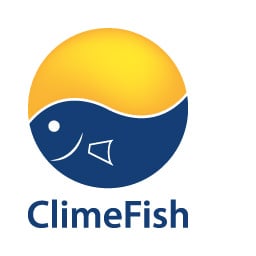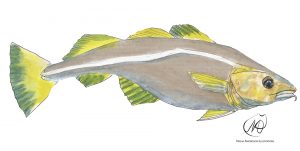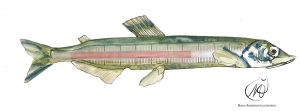Barents Sea Fisheries

Main results:
- Sea surface temperature is expected to increase during the next two decades, with a concurrent decrease of sea ice coverage in the northern and south eastern Barents Sea. The production potential of the Barents Sea is projected to increase up to 2050.
- Due to favourable environmental conditions and reduced fishing pressure, the population sizes of cod and haddock are above the long-term average in 2019, though in recent years a decline in spawning stock biomass has been observed.
- The northward expansion of cod and haddock has led to a community-wide shift in fish composition; boreal communities are now found further north and the local Arctic (cold-water affinity) community has almost been pushed out of the shelf area.
- The expansion of cod and haddock increases the connectivity in the Arctic ecosystem and may impact the resilience of the ecosystem.
- The snow crab, an invasive species in the Barents Sea, has expanded into the western part of the Barents Sea. As an additional food source snow crab may have a positive effect on demersal fish species, though an increase in abundance is likely to negatively impact the benthic community.
Effects of climate change
Future predictions of stock development were not modelled in ClimeFish, but short term predictions done in collaboration with the Institute of Marine Research suggest that the population size of the North-East Arctic cod will decline up until 2024, whilst remaining above the long-term average, with the main predictors being the Atlantic Multidecadal Oscillation (AMO), temperature and salinity.
A westward expansion of the snow crab is likely to occur given current bottom temperature ranges, though the expansion will be limited by depth. A 10C increase in temperature is likely to limit the area of distribution.
The main threats of continued warming of the BS include changes in trophic structures and composition of benthic communities.
Risks and opportunities
A risk / opportunity analysis was not performed for the Barents Sea. It is likely though that some of the potential impacts and the associated risks produced in the analysis for ‘C5F West of Scotland’ will be similar for the Barents Sea. For example, a further northward shift of boreal fish species (cod and haddock), driven by changes in temperature, will have a potentially negative risk for the ecosystem associated with it. A change in species composition on the other hand may have both opportunities and risks associated with it for the commercial fisheries.
Adaptation strategies
A specific climate adaptation plan (CAP) was not developed for the Barents Sea. It is likely though that some of the CAP measures produced in the analysis for ‘C1F North-East Atlantic Pelagic Fisheries’ and the ‘C5F West of Scotland’ will be similar for the Barents Sea.
The fishing industry has to weigh off the cost / benefits involved with operating in distant fishing grounds and possible changes in species composition, while on a policy level allocation / sharing agreement may need to be revisited.
Vulnerability and risk assessments are being conducted in two ongoing national multidisciplinary projects. The projects are coordinated by the Marine Research Institute with WP leaders from the University of Tromsø:
- “Barents Sea Ecosystem structure, functioning and vulnerability under climate change“ (BSECO): focusing on ecological traits and food web structure and responses to external forcing and how, in turn, they can affect ecosystem dynamics
- “Assessing risks of cumulative impacts on the Barents Sea ecosystem and its services“ (BARENTS-RISK): assessing cumulative impacts, including climate change, across sectors within one, unified framework including direct and indirect, food web mediated responses.




